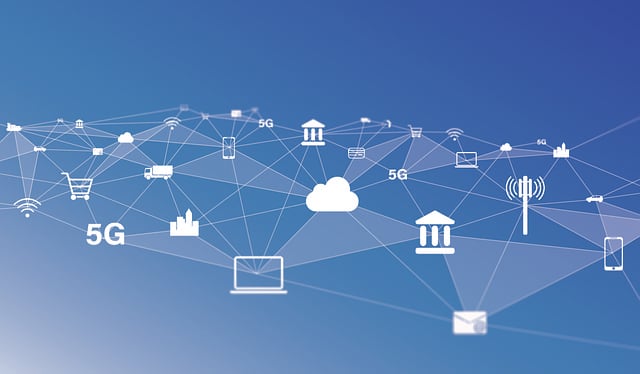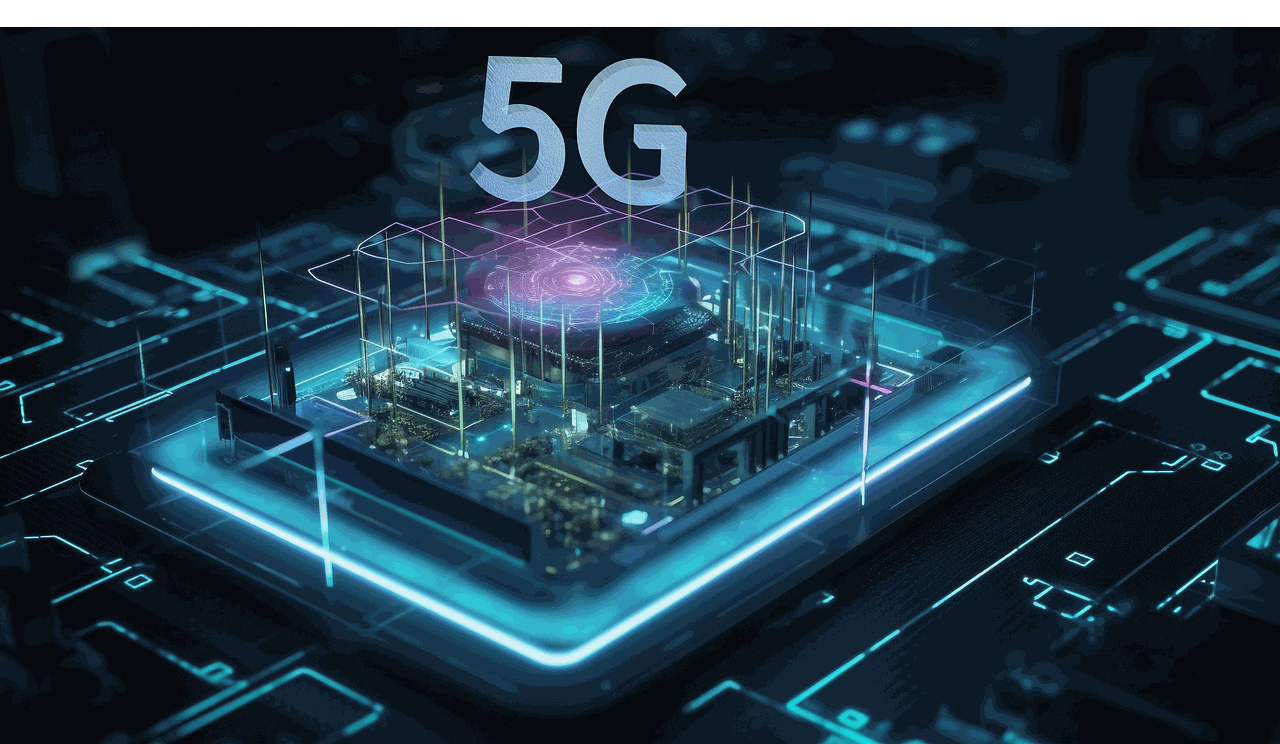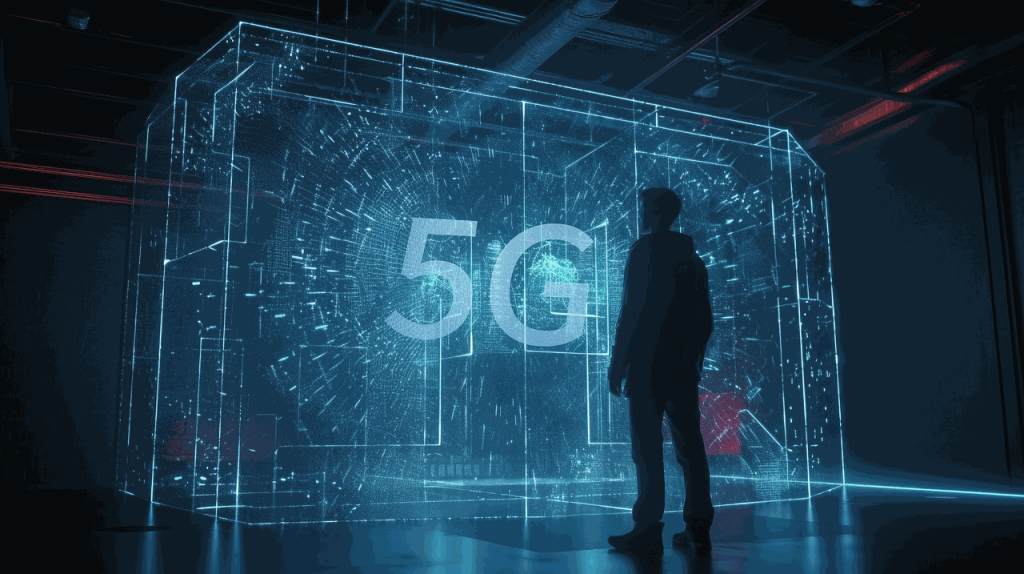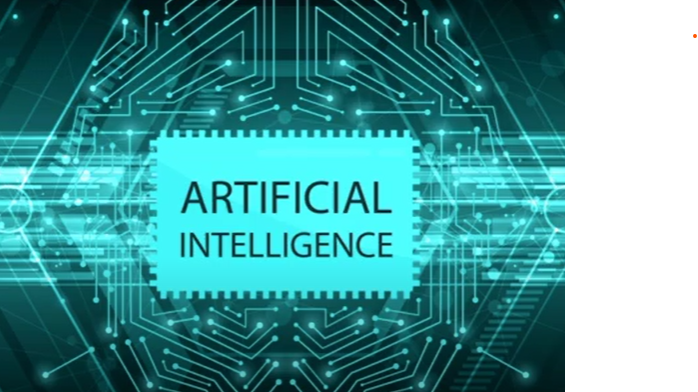Get ready to explore the cutting-edge world of 5G technology as we delve into its revolutionary capabilities. From lightning-fast speeds to seamless connectivity, let’s uncover what is 5G technology and how it works to shape the future of communication.
What is 5G Technology?
5G technology is the newest way we can connect to the internet and talk to each other on our phones. It makes things faster, so we can download and upload things quickly. It also helps us stay connected even when a lot of people are using their phones at the same time.
It offers faster speeds, lower latency, increased capacity, enhanced connectivity, and support for IoT. It enables innovative applications and has the potential to transform industries, driving economic growth and a more advanced future.
Understanding 5G Technology
5G is the latest wireless technology, faster and better than the ones before. It helps us talk and share things faster. It can do more things and helps new gadgets work better.
It is really fast and can connect lots of devices. It helps us download things quickly and makes things work faster. It also helps in important things like emergency services. That means 5G is all about making things better and faster for us.
Evolution of Wireless Communication
The evolution of wireless communication from 1G to 5G has witnessed significant advancements in technology and capabilities. Let’s see a brief overview:
1G (First Generation):
1G was the first cell phone network from the 1980s. It could only do voice calls and was not very good at it. It couldn’t hold many calls and the sound quality was not clear. It was slow for sending data.
2G (Second Generation):
2G was introduced in the early 1990s. It made phone calls better and added text messages. It was an improvement over 1G.
3G (Third Generation):
Launched in the early 2000s, 3G made mobile internet, video calls, and multimedia possible. It was a big jump in data speed and made mobile communication better.
4G (Fourth Generation):
4G, which came out in the late 2000s, made things faster and better. It made videos and games work well, and it helped mobile apps do more.
5G (Fifth Generation):
5G is a new way to talk and share things with each other using phones and computers. It makes things faster, helps us connect more things, and lets us do cool stuff like driving cars by themselves, making cities smarter, and playing games with special glasses. It’s the next big thing after 4G.
Over time, communication technology has gotten better and faster. From 1G to 5G, each generation improved and introduced new things. 5G is the latest and it helps us connect and do more things in a quicker and better way.
Limitations of Previous Generations
Previous generations (1G to 4G) had limitations like slow internet, delays in communication, not enough space, problems connecting IoT devices, not reaching everywhere, struggling with different apps, and difficulties working together.
That’s why 5G was created. 5G is faster, has less delay, can hold more data, covers more areas, and supports new technologies and IoT devices better.
Core Components of 5G Technology
1. Frequencies
5G uses different radio frequencies. Some frequencies can cover large areas and go through objects easily. Other frequencies are super fast and have almost no delay. With these different frequencies, 5G can give fast and reliable internet in many places.
2. Small Cells
Small cells are like mini base stations that make 5G networks stronger and faster. They help in crowded places by adding more network capacity, improving coverage, and giving a stronger signal.
They also help reduce network traffic and let devices switch smoothly between cells. Installing small cells in busy areas helps handle lots of users and data, making the 5G network work better and faster for everyone.
3. Massive MIMO
Massive MIMO is a special technology in 5G that uses many antennas at the base station. It helps talk to many users at the same time, makes coverage better, reduces problems with other signals, makes data go faster, and lets more people connect.
It is important in 5G because it gives better performance, lets more people use it, and helps with the need for fast connections.
4. Beamforming
Beamforming in wireless communication focuses the signal toward certain users or devices. It boosts the signal strength and expands the coverage area. It also reduces interference and makes the signal clearer. Beamforming helps transmit data faster and uses less energy.
5. Network Slicing
Network slicing in 5G creates special networks for different needs. It uses resources efficiently and makes services better. It helps in giving good quality and experience in 5G networks.
6. Edge Computing
Edge computing reduces latency and improves real-time application performance by bringing computation and storage closer to the network edge. It enables faster response times, real-time decision-making, bandwidth optimization, enhanced cyber security, scalability, and offline operation.
7. Core Network Upgrade
The 5G Core (5GC) is better than older networks because it processes data faster, manages the network better, and supports advanced things like network slicing. It also keeps things secure and private, can scale up easily, and lets different services work together.
The Role of Artificial Intelligence in 5G Technology
In 5G technology, Artificial Intelligence (AI) helps make networks smarter and more efficient. AI uses data analysis and predictions to optimize resources and improve connectivity. It automates tasks like network management and security, making the system reliable. With AI, 5G networks can adapt, allocate resources better, and give users a better experience.
Applications of 5G Technology
5G is a special technology that helps us do cool things like self-driving cars, smart cities, and virtual reality. It makes things faster and better by connecting everything and letting us talk and share information quickly. It’s like magic for making our lives easier and more exciting.
1. Autonomous Vehicles
5G helps self-driving cars by giving them very fast connections. They can talk to other cars, roads, and computer systems instantly to drive safely and smoothly. It enhances safety, navigation, and traffic management in autonomous driving scenarios.
2. Smart Cities
5G facilitates smart cities by connecting devices, sensors, and infrastructure to create an interconnected ecosystem. With 5G, cities become smarter by saving energy, making transportation better, checking things from far away, keeping trash under control, and making everyone safer.
3. Internet of Things (IoT)
5G helps connect many devices to the Internet of Things. It allows them to talk to each other easily. This helps collect data in real-time and monitor things from far away.
It also helps with fixing things before they break and making things work by themselves. Many industries like healthcare, farming, making things, and delivering things use 5G to do better.
4. Virtual Reality
5G makes virtual reality (VR) even better. It gives fast internet and no delays. With 5G, we can watch videos of high quality, play games with friends, and feel like we’re really there. It changes how we have fun, learn, and talk far away.
Conclusion
Today, we’ve come to know that 5G technology is set to revolutionize our lives with its incredible speed, seamless connectivity, and limitless potential. From autonomous vehicles to smart cities and immersive experiences, the future powered by 5G holds endless possibilities.
So 5G technology promises a future of limitless connectivity and groundbreaking possibilities.
FAQ
FAQ:
- What is 5G technology?
5G is the fifth generation of wireless communication, offering faster speeds, lower latency, and increased capacity.
- How does 5G work?
5G uses a wider range of radio frequencies, advanced technologies like beamforming and massive MIMO, and network slicing to deliver seamless connectivity.
- What are the benefits of 5G?
Faster speeds, reduced latency, increased network capacity, improved reliability, and support for emerging technologies like IoT and VR.
- What are the limitations of previous generations?
Slower speeds, higher latency, limited capacity, and inadequate support for emerging technologies led to the development of 5G.
- What are the applications of 5G?
Autonomous vehicles, smart cities, IoT, VR, industrial automation, remote healthcare, and enhanced mobile experiences.
- Will 5G replace 4G?
5G will become the dominant technology but will coexist with 4G networks in areas without 5G coverage.
- Is 5G safe?
Yes, 5G adheres to safety standards and regulations, with extensive research conducted on its electromagnetic radiation.
- When will 5G be widely available?
5G availability varies, with many countries already launching networks and global rollout expected in the coming years.
- Will I need a new device for 5G?
A: Yes, a 5G-compatible device is required to fully utilize 5G capabilities, while older devices can still connect to 4G.


